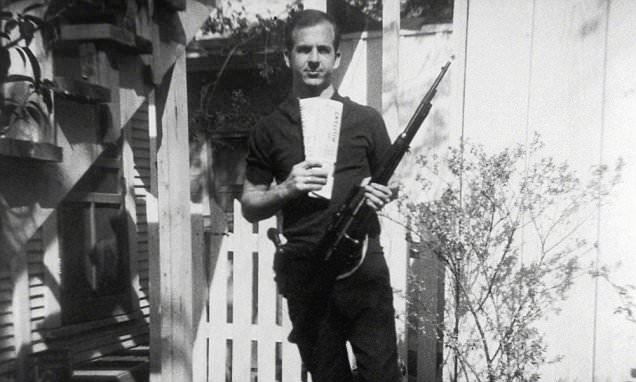At approximately 12:30 p.m. on November 22, 1963, President John Fitzgerald Kennedy was murdered by an assassin’s bullets as he traveled in a motorcade in Dallas’ Dealey Plaza. The event shocked the world and became one of the all-time great ‘where were you?’ moments. Lee Harvey Oswald was arrested and charged with killing the President. Just two days after the assassination, Oswald was murdered by Jack Ruby, so whatever secrets he knew died with him.
The nature of the assassination, coupled with the quick-fire death of the alleged assassin, meant it became a breeding ground for conspiracy theories. A presidential commission led by Chief Justice Earl Warren concluded that Oswald was a lone gunman. It is a version of events not believed by the majority of the American public. An ABC News poll from 2003 found that a staggering 70% of Americans believe the Kennedy Assassination was part of a more detailed plot.
There are many reasons why so many people don’t believe the lone gunman theory or even that Oswald pulled the trigger. Some suggest the trajectory of the bullets doesn’t align with Oswald’s sniper perch which was on the sixth floor of the Texas School Book Depository (TSBD). Then there is the so-called ‘second gunman’ on the Grassy Knoll. More conspiracy theorists believe the CIA was involved because of anger over the Bay of Pigs’ failure. Maybe the president died at the hands of mobsters keen to get back at his brother Robert who initiated investigations into organized crime?
In this three-part series, I will look at the evidence that suggests Oswald was the killer, evidence that says he was not the killer and conclude with commonly proposed theories. I would also like to issue a disclaimer: None of the following represents my personal view on the assassination. I am merely looking at the evidence on both sides of the case and exploring some of the alternate theories. You’ll also spot quite a few contradictions in the evidence on both sides which makes the case all the more intriguing.

1 – He Was At the Scene
The Warren Commission concluded that Oswald was not only the killer but that he acted alone. This conclusion was based on evidence found at the scene. It recognized that Oswald’s presence as an employee in the Depository was unrelated to the assassination. He was hired by the Depository in October 1963, and it is clear that he was happy to take any job due to his family’s poor financial status. As such, he did not work at the Depository as part of some grand scheme to murder the President despite suggestions that he was a ‘plant.’
According to the Warren Commission, Oswald had the opportunity to work on disassembling the rifle in the garage of the Paine’s on the evening before the assassination. The Paine’s were a couple who had befriended the Oswald’s. The report said he placed the gun in a brown paper bag and brought it to work on November 22. The Commission also claimed that the paper bag was made out of materials Oswald found at the Depository.
Around 30 minutes after the assassination, a 6.5mm Carcano Rifle was found on the sixth floor of the Texas School Book Depository. This weapon apparently fired all known bullets used in the murder with scientific tests suggesting that all of the bullet fragments found from the victims came from bullets fired by that specific rifle. The weapon was purchased via mail order under the name A. Hidell, an alias used by Oswald just a few months previously in New Orleans.
Indeed, there is little doubt that Oswald owned the rifle. His wife, Marina, testified that he owned the rifle. For decades, conspiracy theorists have claimed that the famous photo of Oswald holding the rifle used to kill the president was fake. In the picture, Oswald proudly holds the gun and Marxist newspapers. He is standing at an unusual angle which led to the belief that the image was fake. However, analysis using hi-tech equipment suggests the image is genuine.
Oswald worked at the Texas School Book Depository so he could easily access the sixth floor and a homemade paper bag was found near the window where the shots were fired. Oswald’s palm print was found on the rifle’s barrel, and his fingerprints and palmprints were found on two of the boxes on the sixth floor close to the window. A witness, Howard Brennan, claimed to have seen a man matching Oswald’s description in the south-eastern window of the sixth floor.

